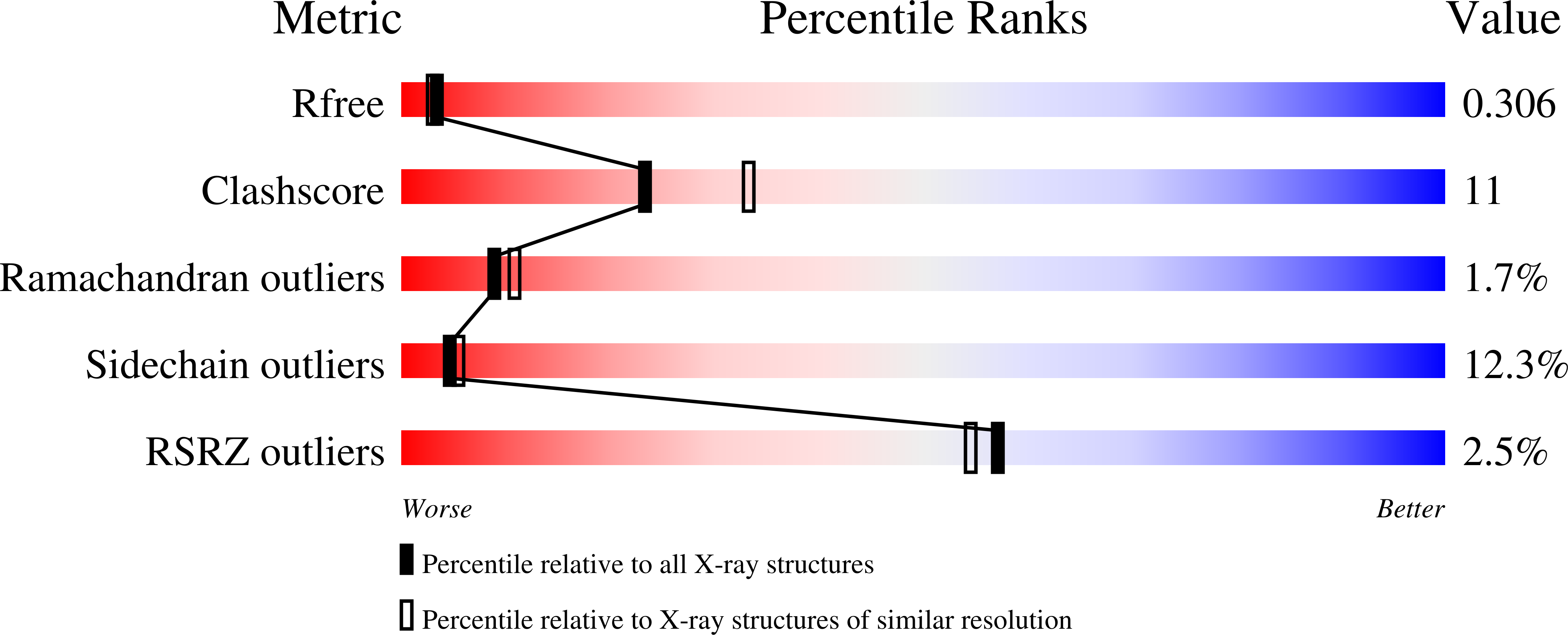Mutt from the Fish Pathogen Aliivibrio Salmonicida is a Cold-Active Nucleotide-Pool Sanitization Enzyme with Unexpectedly High Thermostability.
Lian, K., Leiros, H.K., Moe, E.(2015) FEBS Open Bio 5: 107
- PubMed: 25737836
- DOI: https://doi.org/10.1016/j.fob.2015.01.006
- Primary Citation of Related Structures:
4V14 - PubMed Abstract:
Upon infection by pathogenic bacteria, production of reactive oxygen species (ROS) is part of the host organism's first line of defence. ROS damage a number of macromolecules, and in order to withstand such a harsh environment, the bacteria need to have well-functioning ROS scavenging and repair systems. Herein, MutT is an important nucleotide-pool sanitization enzyme, which degrades 8-oxo-dGTP and thus prevents it from being incorporated into DNA. In this context, we have performed a comparative biochemical and structural analysis of MutT from the fish pathogen Aliivibrio salmonicida (AsMutT) and the human pathogen Vibrio cholerae (VcMutT), in order to analyse their function as nucleotide sanitization enzymes and also determine possible cold-adapted properties of AsMutT. The biochemical characterisation revealed that both enzymes possess activity towards the 8-oxo-dGTP substrate, and that AsMutT has a higher catalytic efficiency than VcMutT at all temperatures studied. Calculations based on the biochemical data also revealed a lower activation energy (E a) for AsMutT compared to VcMutT, and differential scanning calorimetry experiments showed that AsMutT displayed an unexpected higher melting temperature (T m) value than VcMutT. A comparative analysis of the crystal structure of VcMutT, determined to 2.42 Å resolution, and homology models of AsMutT indicate that three unique Gly residues in loops of VcMutT, and additional long range ion-pairs in AsMutT could explain the difference in temperature stability of the two enzymes. We conclude that AsMutT is a stable, cold-active enzyme with high catalytic efficiency and reduced E a, compared to the mesophilic VcMutT.
Organizational Affiliation:
The Norwegian Structural Biology Center (NorStruct), Department of Chemistry, The Arctic University of Norway, 9037 Tromsø, Norway.














